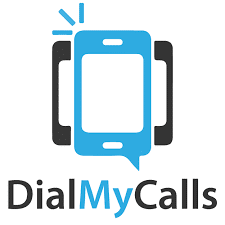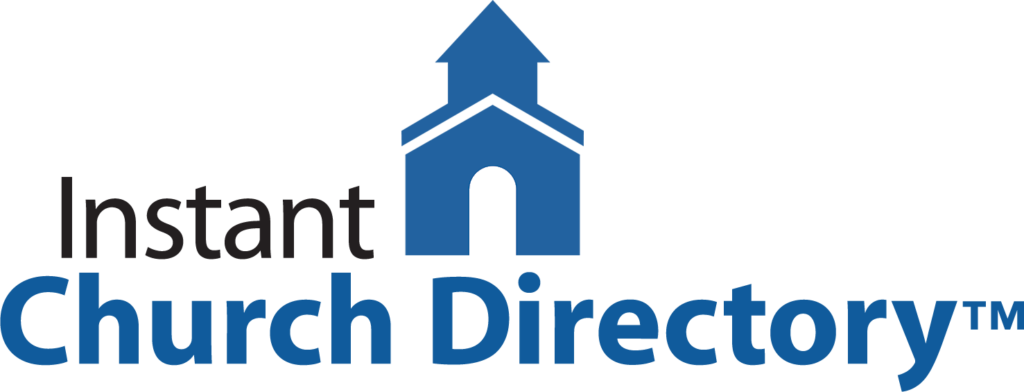By Kelsie Collins
It’s Sunday morning, and you have five volunteers show up today to help with sound boards, child day care check-in, greetings, information distribution, and crowd control. In about a half hour, you need to greet potentially hundreds of people into the church, have them check their children into the day care, get the information they need for upcoming events, fundraisers, missions, recreation groups, CCD classes, and more, have them seated, and ready to start service.
Unless your church can function like the quick service method developed in fast food chains, you may need some additional assistance. That’s why self-service church kiosks were developed.
So what is self-service? Self-service technology is defined by Castro, Atkinson, and Ezell, the authors of Embracing the Self-Service Economy, as “the process by which consumers engage in all or a portion of the provision of a service or product.”
Most commonly, these kiosks are used for check-in, wayfinding, information, queueing, and promotions. They are popular in many industries including healthcare, church, human resources, education, government, and businesses. In churches, they can be used to manage a secure child check-in system, more convenient tithing processes for parishioners, wayfinding and information distribution.
The most important things a church needs in order to function properly are: volunteers, adequate funding, and improved security. Without these staples, church resources will continue to decrease, and then ultimately church attendance.
Barna Research did a study on this phenomenon and found that only 55 percent of those who are considered “practicing” Christians are going on a weekly basis. The other 45 percent haven’t gone in the past six months and usually only attend on holidays.
A lot of Christians say they are not “practicing” Christians because the church does not meet their needs, they feel the church doesn’t connect with everyday living, or children’s needs are not met during service. This means that there are still plenty of people looking to go to services on Sunday, but don’t feel that their local church provides the resources they need to attend.
Unfortunately, it can be nearly impossible to fund increased payroll or find reliable volunteer staff, so these problems often go unfixed. Self-service technology can help provide these services by assisting and promoting these programs supported by the church without the need for additional church staff.
Kiosks provide efficiency and security for the church, especially for child check-in services. They also can provide the option for parishioners to donate to the church using credit and debit cards, rather than the traditional tithing plate.
Along with wayfinding, information distribution, signups, account services, and events, the two largest causes for a kiosk in church are Child Check-in Kiosks and E-Giving Kiosks.
Child Check-In Kiosks
Childcare kiosks are one of the most common uses of kiosks in churches. They are used as a secure option from child drop-off and pick-up. Generally, this how the self-service check-in process works.
“Once a barcode has been scanned, the parent simply taps the kiosk’s touch screen on the name of the child they want to check-in. A label printer prints and cuts the child’s nametag and corresponding pickup tags, and they drop conveniently into the parent’s hand” (AK, Kiosks @ Church: Strengthening and Securing Faith Communities).
The most common type of kiosk used for this purpose is a wall-mounted kiosk (saving space) with a phone, printer, and card reader.
At Northeast Christian Church, this service is popular. In an interview, Lisa Middleton, one of Advanced Kiosks’ clients from NCC, said, “It is much easier, cleaner and faster than the old fashioned, paper & laminated tags, not to mention the time saved on the administrative assistant who would be making all of the laminated name tags! Using the phone number as described above is a more secure method for check-in. Our families really emphasize that the kiosks are easy to use. Of course, the kids love them because they love to push something electronic.”
They have had those kiosks for seven years now, and they have only just recently requested a routine refurbishment, to allow an upgrade from windows XP. Using commercial-grade check-in kiosks are a long lasting and efficient solution for most any security sensitive project, such as child care.
Giving Kiosks
Giving kiosks are becoming increasingly popular and the benefits are showing. In a survey done by the 2016 State of the Plate, “79 percent of churches surveyed offer website giving (up from 29 percent in 2010), 46 percent offer cell phone/text/app giving (up from 4 percent in 2010), and 32 percent have a kiosk/iPad in the lobby for in-person digital giving.”
That was back in 2010, and it has only continued to increase as churches find new ways to fundraise through the power of technology.
Lindsey Erdody, writer of Churches Embrace Technology to Keep Donations Flowing, spoke with church leaders experiencing an increase in donations due to self-service kiosks. Erdody said, “Religious leaders say churches usually gain more repeat donors when a variety of electronic giving opportunities are offered, and some see an increase in donations as high as 50 percent when using a new method.”
All around the country, churches are using tablet-sized display kiosks to improve donations. Why are donations improving at such an accelerated rate?
It’s likely because “generous church giving is not limited to the older generations. 63 percent of those in their 20s-30s give 10 percent or more to their church.” People in their 20s-30s are also part of a generation that is most comfortable with technology.
In a study done by NBC in 2014, it was found that 1 in 10 Americans don’t carry paper money anymore. Ten percent of the population is lost in the tithing process because they only have card currency.
By using a giving kiosk, it fills the generational gap and allows for more convenient methods of giving. Installing multiple methods of tithing shows the parishioners that you truly care about their time by improving convenience.
Another perk to giving kiosks is that the donor can check out the ways in which their donation will be used, including images of missions, events, and groups within the church. You can also allow your parishioners to choose specific funds to donate to.
Kelsie Collins is the marketing content writer & editor for Advanced Kiosks, a kiosk manufacturer with more than 15 years in the business, www.advancedkiosks.com.


















